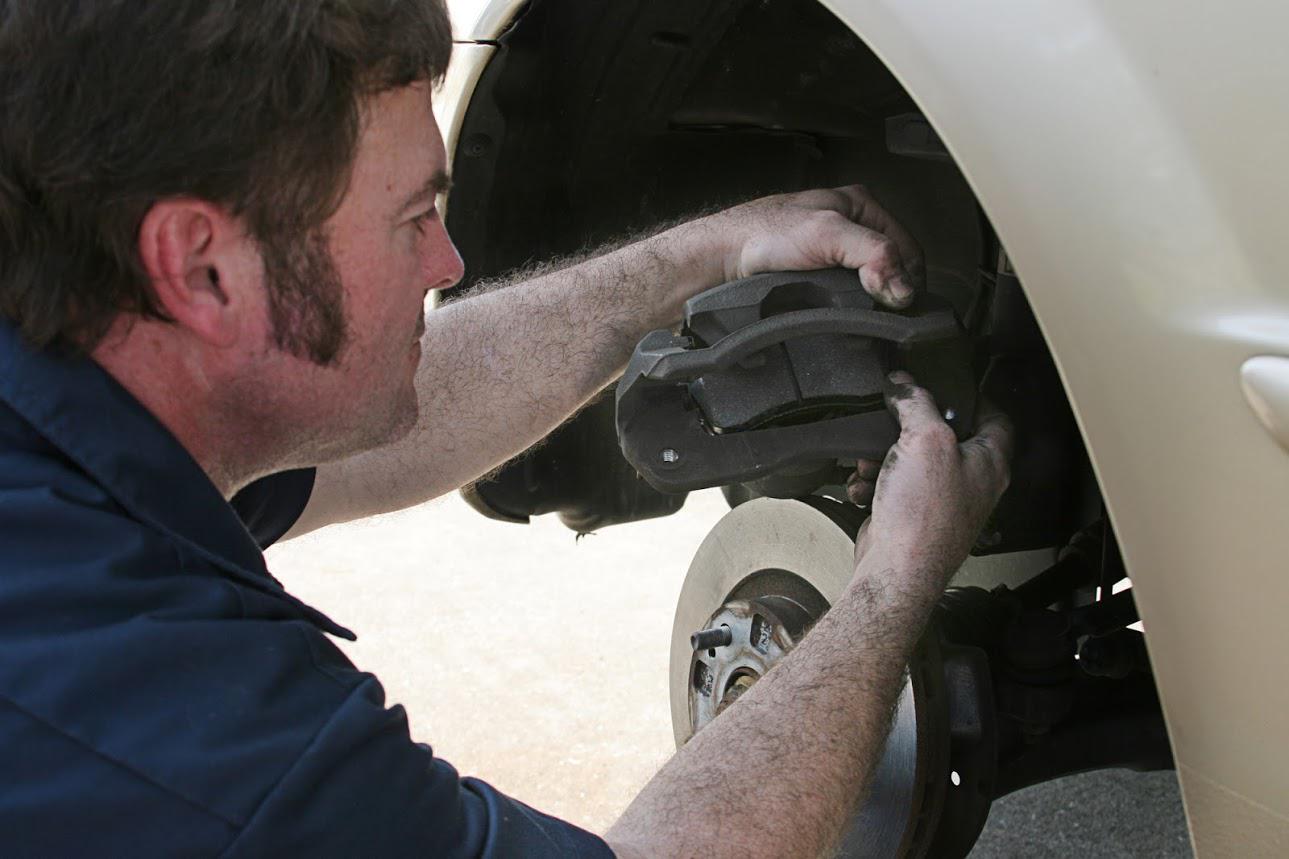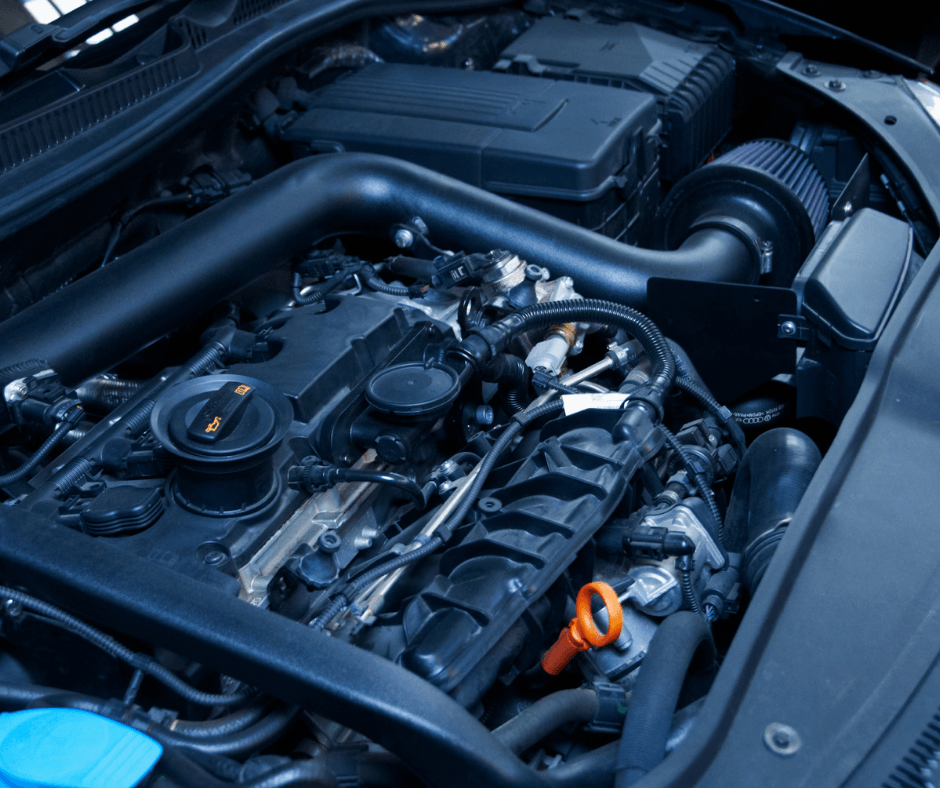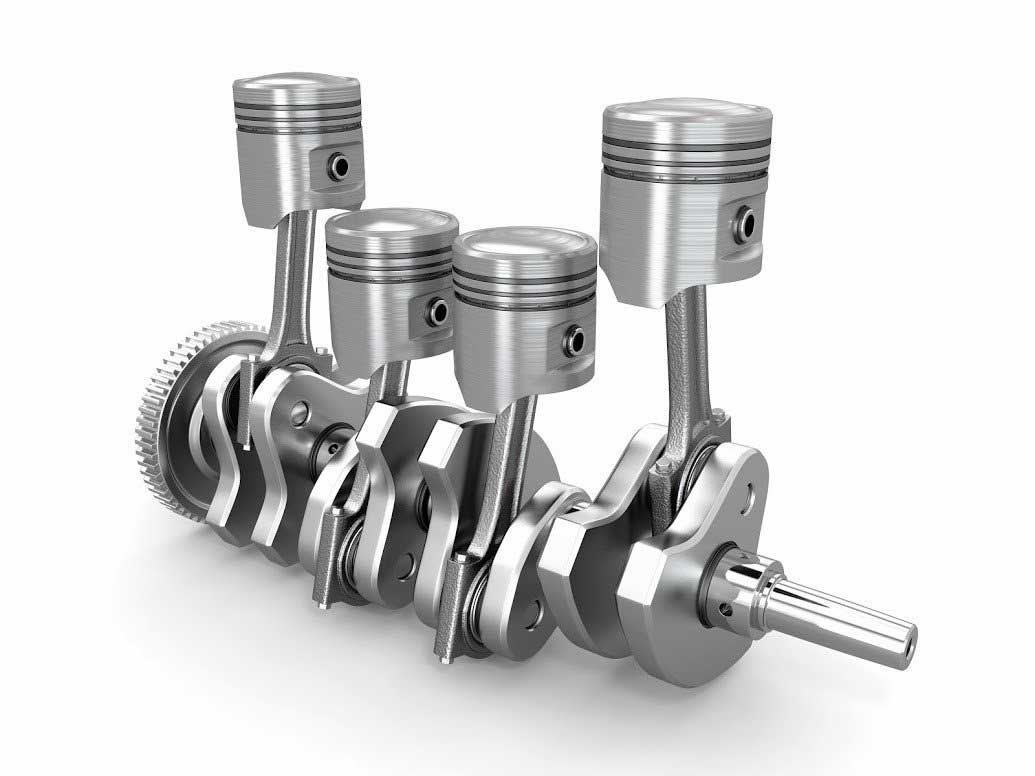DUALTONE AUTOMOTIVE
Serving San Diego since 1946
Call us Today! 858-273-8745
Blog Post
Six Ways Bad Struts and Shocks Can Affect Your Vehicle
- By ADMIN
- •
- 20 Dec, 2017
- •

Your car's suspension system is critical to controlling your vehicle, and it often takes a beating. While some people think that suspension parts only control the ride comfort, some parts like shocks and struts play a critical role in safe driving. Unless you have a major accident, you may not even notice when they are worn out, but if you ignore them long enough, you could risk having a serious accident. Here are six ways shocks and struts affect your vehicle and how to tell if you need replacements.
Ride and Comfort
Though the whole suspension system contributes to how your vehicle rides, when the shocks and struts are worn, the bumps and dips are more pronounced. Even if you don't notice it, your passengers may complain about the rough ride. You may also feel strange vibrations in the steering wheel or hear disturbing clunks when your brake or steer if the shocks and struts are worn.
Control Over Bumps and Dips
Even if you're not feeling a rough ride or vibration, you may notice that your car is harder to handle when you travel over dips and bumps. Your vehicle may even bottom out more easily. Also, depending on the amount of wear, your vehicle may even seem to "fly" over speed bumps, or the car's body will travel up excessively high. This can be particularly dangerous, as you could potentially lose control or damage other components.
Decreased Braking
When your shocks and struts are worn, your car will take longer to stop than it would without worn components. Your anti-lock braking system could also be affected and work less efficiently. The risk increases even more on rough or bumpy roads because of the increased up and down movement of the wheels. Also, your vehicle is more likely to "nosedive" and put the front end of your car at risk for more wear and damage.
Poor Control When Steering
Shocks and struts help the vehicle "grip" the road when going around curves, especially on uneven pavement. When these parts are worn, your vehicle will likely sway heavily and be less reactive as you turn. You may even experience an increase in understeer or oversteer. This is when the vehicle feels like it's being pulled in a certain direction when going around a curve. While most vehicles have some understeer and oversteer, poor suspension components can increase it to a dangerous level.
Increased Wear on Other Components
Your other suspension components rely on your shocks and struts to control the movement of your wheels. When there is excessive movement, then there is more strain on other components such as control arms and ball joints, which increases the chance that they may break or become damaged. This could result in more dangerous conditions and expensive repairs down the road.
Premature Tire Wear
Your tires may present some of the earliest and most easily seen signs that your shocks and struts are wearing down. When they are worn, certain patterns begin to manifest themselves in your tires' treads, including cupping and excessive outside or inside wear.
This could mean that your tires will not last their full expected lifetime and will cost you more money in the long run. It will also make your tires less safe as they will either be too thin in some places or not grip the road effectively.
It's important to have your suspension working perfectly so that your car is safe to handle on the road. If you are experiencing excessive bouncing, rough handling, or poor braking, have your vehicle inspected by a mechanic. Because it's a safety issue, it's best to rule out worn shocks and struts as soon as possible.
Dualtone Muffler Brake has mechanics that are experienced with suspension-related issues.
Share
Tweet
Share
Mail
Contact Us
Contact Dualtone Auto Repair for more information about our services by calling us at 858-273-8745. We look forward to providing the trusted automotive services you can depend on.
Browse Our Website
Hours of Operation
- Mon - Fri
- -
- Saturday
- -
- Sunday
- Closed
Dualtone will be closed for the following holidays:
- 4th of July
- Labor Day
- Thanksgiving Day
- Christmas Day
- New Years Day
Hours of Operation
- Mon - Fri
- -
- Saturday
- -
- Sunday
- Closed
Content, including images, displayed on this website is protected by copyright laws. Downloading, republication, retransmission or reproduction of content on this website is strictly prohibited. Terms of Use
| Privacy Policy









